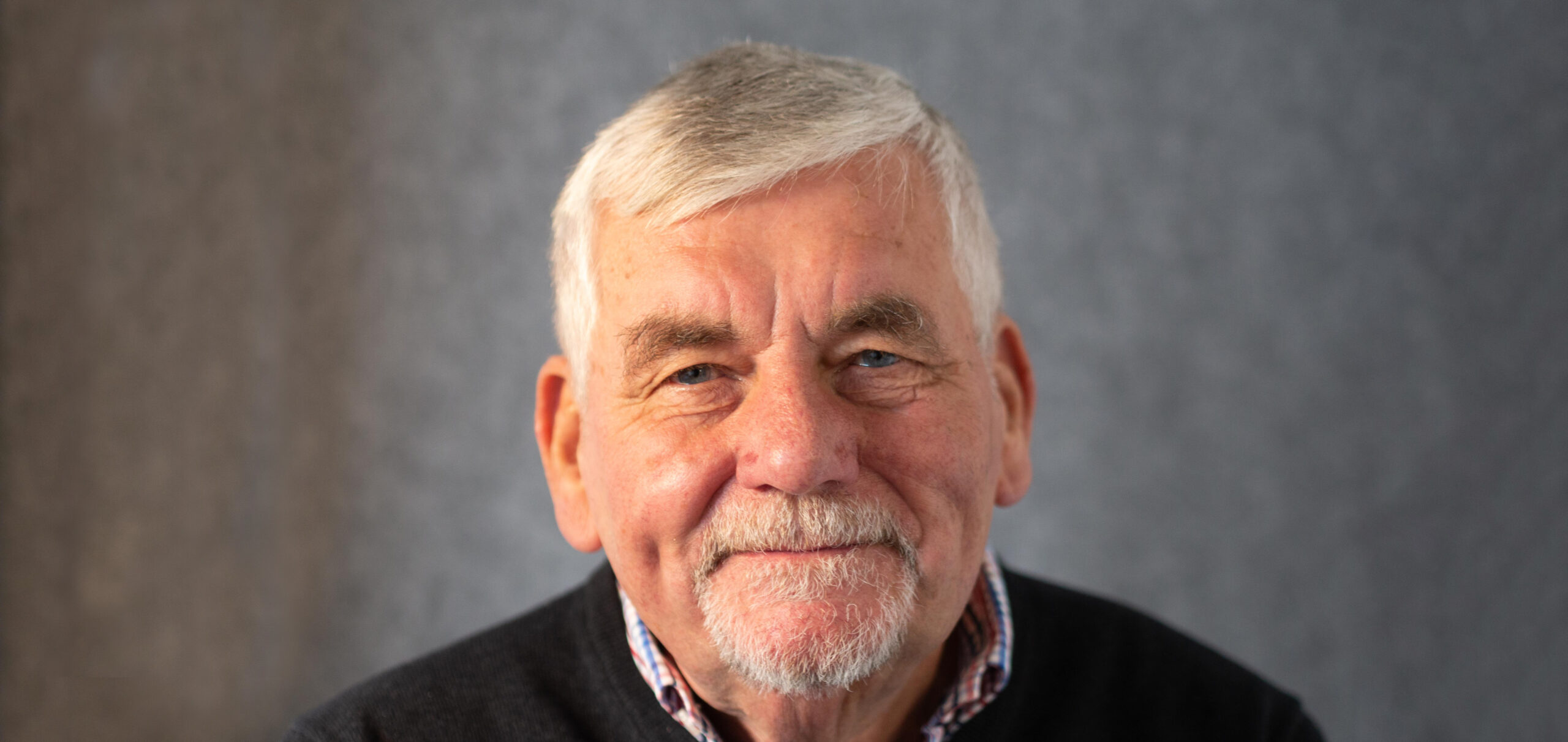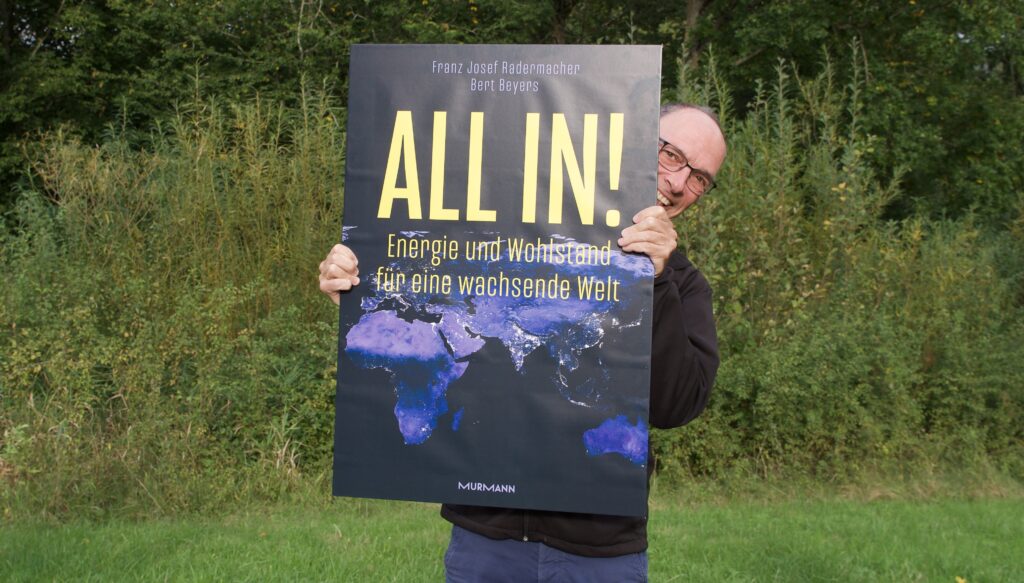At this point, some news of the last few weeks will be addressed which, from GES’ point of view, are reason for hope because they contain building blocks of a possible global solution and / or could help to develop a realistic view of the challenges ahead of us.
UN climate chief Simon Stiell is calling for an annual co-financing of 2.4 trillion US dollars for developing countries with the exception of China – for investments in renewable energies and measures to adapt to a changing climate. “We need streams, not droplets,” said Stiell in the Azerbaijani capital of Baku, the venue for the COP29 climate conference at the end of November this year.
At a meeting of its 31 member states in Paris, the International Energy Agency (IEA) called for the expansion of renewable energy and nuclear power. “Countries that choose or support the use of nuclear energy recognise its potential as a clean energy source that can reduce dependence on fossil fuels, tackle the climate crisis and improve global energy security,” the meeting’s final document states.
The European Union has set itself ambitious climate targets in a strategy paper – carbon capture is an important instrument in this. The aim is to capture 50 million tonnes of CO2 as early as 2030. The investments are considerable. The conversion of the energy system alone would cost 660 billion euros per year from 2031 to 2050.
After years of waiting, the European Union has given the green light for the funding of hydrogen projects in Germany and other countries (IPCEI projects). Seven billion euros have been earmarked for 33 hydrogen projects: Large-scale electrolysers, pipelines for hydrogen, storage facilities and transhipment terminals.
Meanwhile, investors such as life insurers criticise the fact that entering the German hydrogen network is not attractive. The risks are too high. Investors apparently prefer to focus on infrastructure projects such as electricity grids that are needed immediately – and not years down the line. The German hydrogen core network with a length of 9700 kilometres is scheduled for completion in 2032. Cost: around 20 billion euros.
The German power plant strategy envisages up to ten gigawatts of hydrogen-capable gas-fired power plants, which is significantly less base-load capacity than originally expected. According to the plan, the plants will be in operation between 2035 and 2040. They will also use blue hydrogen (from natural gas with carbon capture). The differential costs of hydrogen operation compared to natural gas operation are to be subsidised until 2040. It is unclear where the required quantities of hydrogen will come from. The total subsidy requirement is estimated at 15 to 20 billion euros.
Representatives of the German economy have expressed their concerns about the country’s development in an incendiary letter to Federal Chancellor Olaf Scholz. The first point of criticism is aimed at internationally competitive electricity prices for the manufacturing industry and energy-intensive companies. Hydrogen-capable power plants are necessary, but should under no circumstances lead to higher electricity prices.
In the EU, CO 2emissions from coaches and lorries are to be reduced by 90 per cent by 2040. The plan was on the back burner due to differing opinions within the federal government. Transport Minister Volker Wissing wanted to ensure that the use of e-fuels was also taken into account in the legislative text. According to Wissing, this has now been achieved.
The energy company Shell expects global demand for liquefied natural gas (LNG) to increase by half by 2040. One of the main drivers is China, which is increasingly focussing on gas instead of coal. GES repeatedly points out that the production and transport of LNG is associated with significant emissions of the greenhouse gas methane, and that the necessary measures must be taken to prevent this.
CO2 certificates relating to specific forest conservation projects are unreliable in some cases. The study conducted by the Carbon Credit Quality Initiative (CCQI) on behalf of the Alliance for Development and Climate refers specifically to two types of forest projects in the USA. One of the points of criticism: There, reduced timber removals are compensated for by increased logging in other forests. Against the background of this and earlier similar criticisms, GES is in favour of a holistic approach, which is described in the GES reference solution: payment should be made per hectare of forest preserved if, after a previously defined period – such as a calendar year – it is proven that the forest is still standing.




